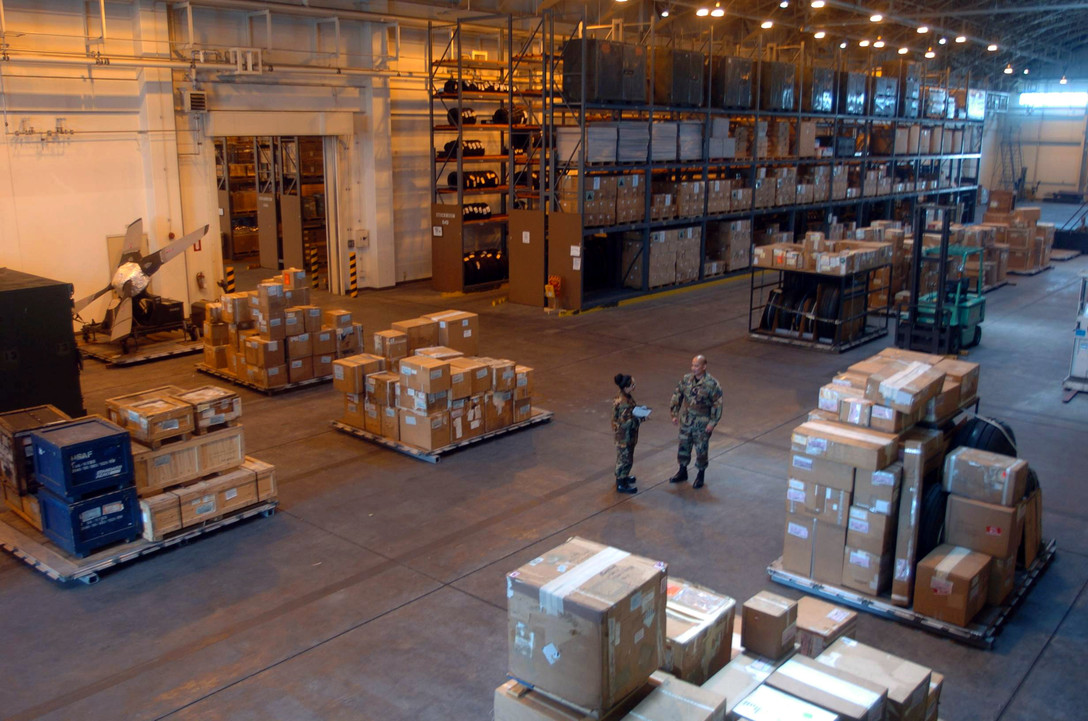Difference Between Inventory Management and Inventory Control
The ultimate step to a successful business involves taking control of inventory. While this may not be a major process in all business ventures, the importance cannot be overlooked. Failure to take control of inventory can result in having too much or less of a product not to mention significant possible losses, likely to cause a business downfall. To prevent this, businesses are often engaged in inventory management and inventory control. While these two relate to inventory, they have various differences.

What is Inventory Management?
These are measures and activities aimed at the management and maintenance of inventory demand and replenish. This can be summed as ensuring the right quantity of inventory is available, inventory is paid on time, and also having an effective re-order point. While a large inventory carries theft, spoilage and damage risks, a low inventory may cause low output levels. While most companies keep track of inventory manually, large businesses may use software applications such as ERP, MRP, JIT, and SaaS.
Activities carried out under inventory management include:
- Keeping track of when to restock
- Inventory to restock
- Amounts to produce
- When to sell
- The price at which to sell at
Inventory management provides critical information on the financial position of a business, consumer preference and behavior as well as predicting future trends.

So What is Inventory Control?
Also referred to as stock control, this is the process of adopting and implementing practices aimed at regulating inventory between the period it is purchased and the period it is converted to a final product.
Inventory should be controlled in a manner such that there is not too much inventory at one time, which would result in an increase of the inventory cost, nor too little, which in return would affect the end product quantity and quality. It hence offers a balancing point between the finished goods and the optimum storage capacity. There should hence be a set reorder point for any inventory.
The common areas under which inventory control is important include:
- Raw materials availability- This ensures that there are sufficient raw materials for production
- Finished goods availability- This regulates pricing while also boosting customer satisfaction.
- Work in progress- Inventory control helps in the reduction of inventory that is already in the production process. This can be done by job size minimization and inventory travel time reduction.
- Reorder point- This is the set point at which inventory should be re-ordered. It should be set at an optimal point, which is not too low or too high.
- Bottleneck enhancement- Interferences with the ability to increase output, commonly referred to as a bottleneck, is sometimes inevitable. Inventory control prevents this through the placement of a buffer in front of the bottleneck hurdle.
- Outsourcing- Inventory control is resourceful when it comes to outsourcing decisions, such as suppliers.
Similarities between Inventory Management and Inventory Control
- Both are essential in managing inventory in a business
Differences between Inventory Management and Inventory Control
Definition
Inventory management refers to measures and activities aimed at the management and maintenance of inventory demand and replenishment. On the other hand, inventory control is the process of adopting and implementing practices aimed at regulating inventory between the period it is purchased and the period it is converted to a final product.
Scope
While inventory management involves keeping track of when to restock, what to restock, amounts to produce, when to sell and the price at which to sell at, inventory control involves the regulation of inventory that is in a warehouse such as knowing what product and the number available, location in the warehouse and ensuring the products remain in good condition.
Inventory Management vs. Inventory Control: Comparison Table

Summary of Inventory Management and Inventory Control
While inventory management and inventory control may have a few differences, they work hand in hand. If both are affective, getting the products needed at the right time and selling off within the required margins becomes a much easier process.
- Difference Between Profit Center and Investment Center - July 2, 2022
- Difference Between Anti-Trust and Anti-Competition - June 6, 2022
- Difference Between Stocktaking and Stock Control - June 6, 2022
Search DifferenceBetween.net :
Leave a Response
References :
[0]Image credit: https://media.defense.gov/2019/Jan/07/2002077320/-1/-1/0/181103-F-FG259-0103.JPG
[1]Image credit: https://www.af.mil/News/Photos/igphoto/2000590951/
[2]Zimmerman David. Managing Inventory. Unlimited Publishing LLC, 2002. https://books.google.co.ke/books?id=CPiWF_GnGnUC&printsec=frontcover&dq=Difference+between+inventory+management+and+inventory+control&hl=en&sa=X&ved=0ahUKEwiZ7Pmw9JrjAhWSqHEKHax3D-QQ6AEIJjAA#v=onepage&q=Difference%20between%20inventory%20management%20and%20inventory%20control&f=false
[3]Prakash H & Prakash I. Romancing with Inventory Management. Blue Diamond Publishing, 2018. https://books.google.co.ke/books?id=UrF1DwAAQBAJ&pg=PA69&dq=Difference+between+inventory+management+and+inventory+control&hl=en&sa=X&ved=0ahUKEwiZ7Pmw9JrjAhWSqHEKHax3D-QQ6AEINTAD#v=onepage&q=Difference%20between%20inventory%20management%20and%20inventory%20control&f=false
[4]Wild T. Best Practice in Inventory Management. Routledge Publishers, 2007. https://books.google.co.ke/books?id=twhs6HOTxQAC&printsec=frontcover&dq=Difference+between+inventory+management+and+inventory+control&hl=en&sa=X&ved=0ahUKEwiZ7Pmw9JrjAhWSqHEKHax3D-QQ6AEIOjAE#v=onepage&q=Difference%20between%20inventory%20management%20and%20inventory%20control&f=false
